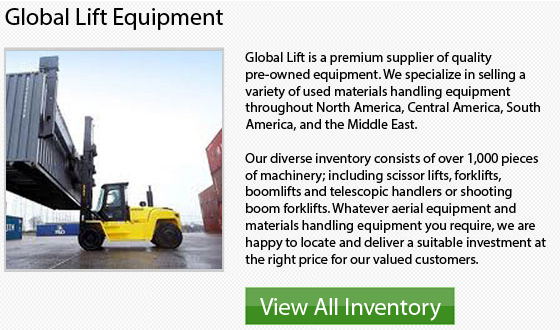
Pneumatic Tires
Nearly all of the tires which have been utilized during the past 100 years have been pneumatic tires. They are constructed of rubber and allow for a far more comfy ride compared to other materials. The contemporary transportation system of the world completely relies on pneumatic tires.
A pneumatic tire is a type of tire constructed of durable rubber and filled with compressed air. Motor vehicles including buses, cars, trucks, motorcycles and airplanes all utilize pneumatic tires. Non-motorized wheeled vehicles, like for instance bicycles, also utilize pneumatic tires.
History
The history of tires starts with the creation of iron bands around wooden wheels. The utilization of solid rubber in the creation of tires started during the mid-19th century. The very first patent for a successful pneumatic tire was issued in the year 1888 to Irishman John Dunlop who created an inner-tube for a bicycle tire in the year 1888. This was when the word "pneumatic" began to describe tires.
In 1895, Andre and Edouard Michelin made the first pneumatic tires for automobiles in France. The Michelin brothers' company was destined to become a top producer of tires for cars. The first company in the US to make tires was Goodyear Tire company founded in 1898, followed by the Firestone Tire & Rubber company in the year 1900, the second United States company to produce tires.
Function
A rubber inner tube was utilized in all pneumatic tires in the first part of the 20th century to help hold the air pressure. Tires were made of toughened layers of plies or cord covered with rubber. The plies were laid on a bias or angle to define the tire's shape and strengthen it. These "bias ply" tires had a tread pattern for traction.
The modern radial tire has been made with plies which run across the body of the tire. They need no inner tube as the tire forms an airtight seal with the wheel. This was the Michelin's brother's invention in the year 1948. The tires did not become widely used until the latter parts of the 1970s. Radial tires last longer and offer better fuel economy.